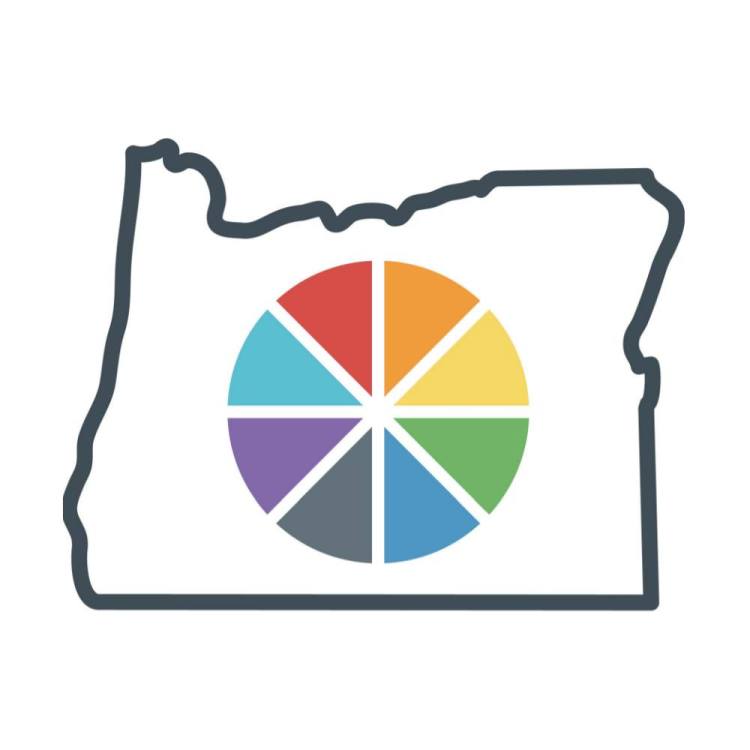
There is a lot happening within schools but few resources are available regarding teens’ mental health. Since the passing of Suicide Prevention Month in September a new Mental Health Awareness group is trying to combat the lack of help.
Sources of Strength is a student-led mental health awareness leadership program with curriculums created by the Oregon Health Authority along with counselors and therapists. Guidance Counselor Leah Anderson organized a Sources of Strength group at McNary High School last spring and is now starting to make campaigns with a group of 15 students. The latest discussion is suicide prevention especially with Suicide Prevention Month being in September.
The McNary Sources of Strength is looking for student leaders who are passionate about mental health and erasing the stigma of asking for help. Their goal is to support other students and create a welcoming environment at school. Sources of Strength is rooted in the idea that everyone has strengths within themselves and around them regardless of what may be happening in life. McNary saw a necessity for this group through surveys taken by the students where they expressed a major need to have a sense of belonging.
“There was really just a need for a shift in the culture of the school,” Anderson said. Kids often feel like they are going through a crisis alone making it hard for them to open up to teachers or other students.
The student leaders are looking to put on several campaigns throughout the school year with different events to advocate for mental health resources. In the month of October, Sources of Strength will be doing a T-shirt giveaway activity booth circling back to Suicide Prevention Month. They want to keep the message of suicide prevention going and bring attention to the group for students who haven’t seen them before. Sources of Strength is also looking into doing a Public Service Announcement about suicide prevention.
In the past year there has been an increase in suicidal ideation among McNary students. In the month of September there were about 10 teens that the counselors knew about. Anderson says she has to do suicide prevention plans frequently throughout the year and often sees suicide ideation in students. This gives her a good but sad feeling, she thinks it’s good that students are comfortable talking to their counselors but is sad that these are occurring so often. The counselors see an uptick in suicidal thoughts in the fall, February, and spring. By the end of the school year students are experiencing large amounts of pressure, relationship changes, and anxiety around graduation.
“They are just tired, They’re tired of school,” Anderson said.
Counselors often see students coming into their office feeling overwhelmed by expectations and “the pressure to be perfect.” Teens often feel like they have to be somebody they’re not on top of making sure they go to all classes, get enough sleep, do homework, have friends, and then make sure they are doing good extracurriculars as well.
“That’s a lot of pressure for a student who is 14–18 just trying to figure their life out,” Anderson said. “I also think we put a lot of pressure on kids to go above and beyond when there is just a lot going on.”
Anderson feels that there is a lot going on in schools with not enough resources available, but Suicide Prevention Plans (SPPs) can help. An SPP is anything from immediate help to becoming involved in a club or activity. Other students can look for signs of suicidal thoughts with the Question, Persuade, and Refer tool (QPR). Anderson and fellow guidance counselor Stacy McGraw presented QPR to numerous health classes last year to teach students how to look for signs of suicidal ideation, how to ask for help, and how to refer to resources. They plan to do the same thing again this year. Anderson wants students to know there is a plan in place if they are having thoughts of suicide. The guidance counselor’s goal is to minimize SPPs in a healthy way by still having students come and express their thoughts, but rather getting to the point where the thoughts are of depression and less suicidal feelings in a moment.
“Students need to make another effort with other students to get to know them and walk in their shoes and become more empathetic,” Anderson said. “Adults need to do the job of really listening and understanding the student perspective especially if they’re going through a rough time.”
The state of Oregon is ranked 45 in the nation when it comes to youth mental health and 49 regarding adult mental health as of 2022. Meaning there is a higher severity of mental health issues but fewer resources accessible to those struggling. Anderson wants Sources of Strength to help teens who really want to advocate for students to have a voice when it comes to mental health. Her goal is to generate a healthy culture of students who have helped seek behaviors and want to speak for a better system because she feels Oregon’s system isn’t great.





